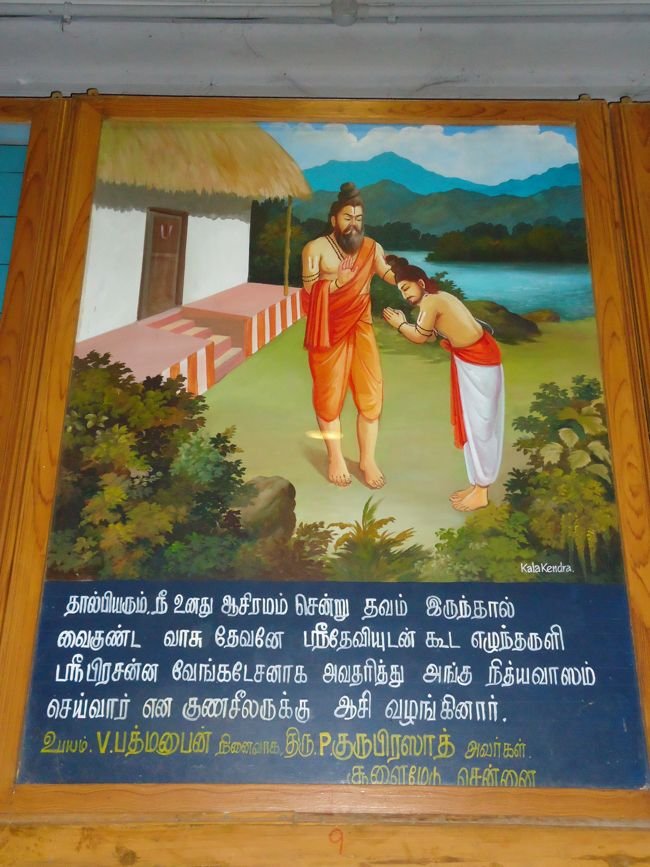Want to include the menstrual cycle in your scientific work, but aren't sure how to do it? My lab (@katjaschmalen) have just published an article on best practices for observational studies of the cycle! Thread below! 🧵



Finally, when interpreting cycle results remember that cyclical hormone effects often operate on a time lag, in which outcomes are not caused by the hormonal events on the same day, but rather by hormonal events that occurred up to two weeks ago.
In conclusion, we hope that this paper can help to provide a uniform set of tools and vocabulary that allows future observational menstrual cycle studies to choose and document their approach in a well-informed and standardized manner.
More from Health
You May Also Like
My top 10 tweets of the year
A thread 👇
https://t.co/xj4js6shhy
https://t.co/b81zoW6u1d
https://t.co/1147it02zs
https://t.co/A7XCU5fC2m
A thread 👇
https://t.co/xj4js6shhy
Entrepreneur\u2019s mind.
— James Clear (@JamesClear) August 22, 2020
Athlete\u2019s body.
Artist\u2019s soul.
https://t.co/b81zoW6u1d
When you choose who to follow on Twitter, you are choosing your future thoughts.
— James Clear (@JamesClear) October 3, 2020
https://t.co/1147it02zs
Working on a problem reduces the fear of it.
— James Clear (@JamesClear) August 30, 2020
It\u2019s hard to fear a problem when you are making progress on it\u2014even if progress is imperfect and slow.
Action relieves anxiety.
https://t.co/A7XCU5fC2m
We often avoid taking action because we think "I need to learn more," but the best way to learn is often by taking action.
— James Clear (@JamesClear) September 23, 2020














